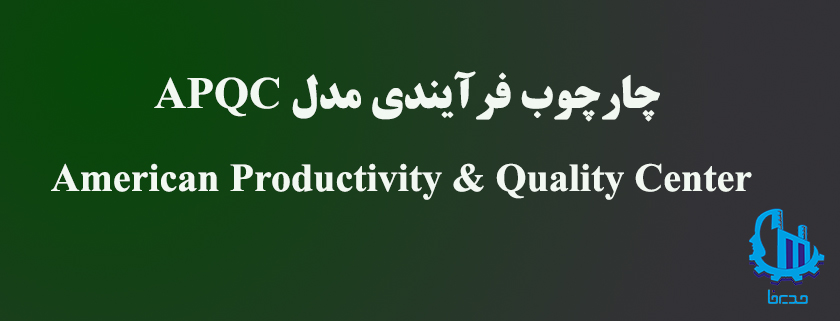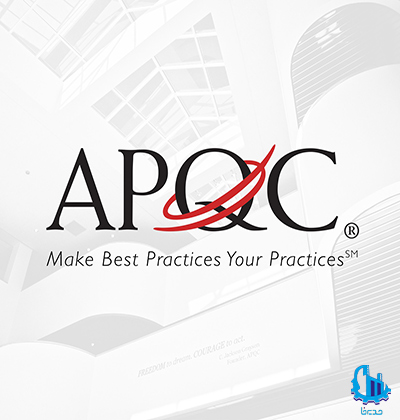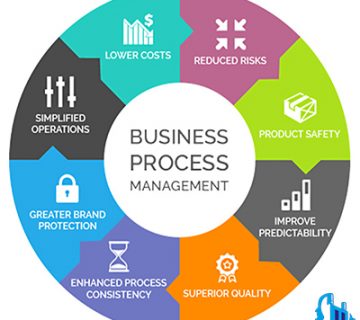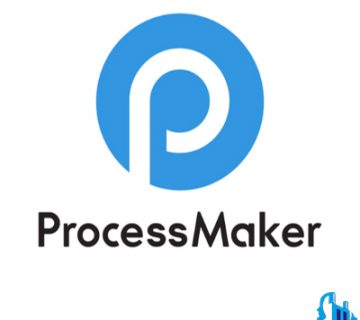
History and overview of the APQC model
The APQC model helps organizations to achieve work more accurately, faster and more reliably. Productivity and Quality Center of America is the world's first place in measurement, best practices, process and performance improvement and knowledge management.
The unique structure of the APQC model as a non-profit member-based model makes it different from the competition. APQC partners with more than 500 member organizations worldwide in all industries. With over 40 years of experience, APQC has become a world leader in transformational organizations.
APQC model core skills
Measurement criteria
Benchmarking is the process of comparing and measuring your organization against other organizations anywhere in the world so that you can review the insights, actions and performances that can quickly contribute to world-class performance.
As the world leader in benchmarking, the APQC model recognizes that organizations are evaluated for the following reasons:
Improve productivity and reduce costs
Accelerating and managing changes
Achieving progress and innovation,
Setting performance goals
knowledge management
The APQC model (KM knowledge management) is defined as a set of systematic approaches to help information and knowledge flow between the right people at the right time (in the right format at the right cost) so that they can effectively create value for the organization.
Process improvement and measurement
Top organizations are uniformly looking for ways to improve their business agility and operational performance to stay competitive
The APQC model process and performance management program can help you achieve your performance goals with tools, techniques and strategies. Our research into best practices has uncovered the success factors of effectively managing business processes, including articulating the motivation for change and providing the practices needed to transition to a process-based focus. You can explore the APQC model database to obtain best practice practices in the field, or hire our unique professional consultants for a customized, collaborative solution.
Process framework
Process Classification Framework (PCF) Process Classification Framework is a list of processes prepared by APQC that organizations use to define work processes comprehensively and without blockages. Beyond being just a list, PCF serves as a tool to support benchmarking, content management, and other important process management activities.

Why do organizations use PCF?
Identifies and prioritizes process improvement steps
It identifies and improves the definitions and communication of responsibilities in business processes
Evaluates internal benchmarks with other organizations
Establishes and updates information technology for similar processes throughout the organization
Creating a suitable structure for measuring the performance of processes
It defines the understanding of dependencies and relationships between processes
It strengthens content and organizational knowledge
It is worth mentioning that according to the framework of the APQC process model, every organization has two categories of processes to carry out its missions and tasks, which help it achieve activities related to the main mission of the business, which include the main and support processes. This model usually classifies the operational and management processes of the organization in 13 main categories at the organization level. This model has 6 main processes and 7 support processes. This definition of the process at the first level of the model means the same process classes. The logic of the PCF model for dividing processes at level one is completely task-oriented: Although this model has a whole fabric, at the same time, each part of it is designed in a way that you can use it separately.
The APQC model is a resource that can be used as a complete reference along the path of the core process. The framework of the APQC model in different stages of the process management cycle includes: Process architecture, process identification and modeling, analysis and monitoring are used. This framework is also used as a superior model in some valid ERPs.
13 main process classification categories of the APQC model
when we want to draw a graphical analytical picture of the work flow in the organization; We can from BPMN and use its standard.
For free consultation on the modelAPQC Get in touch with the advisors of Modirfa.
02188764867-02188761795






No views